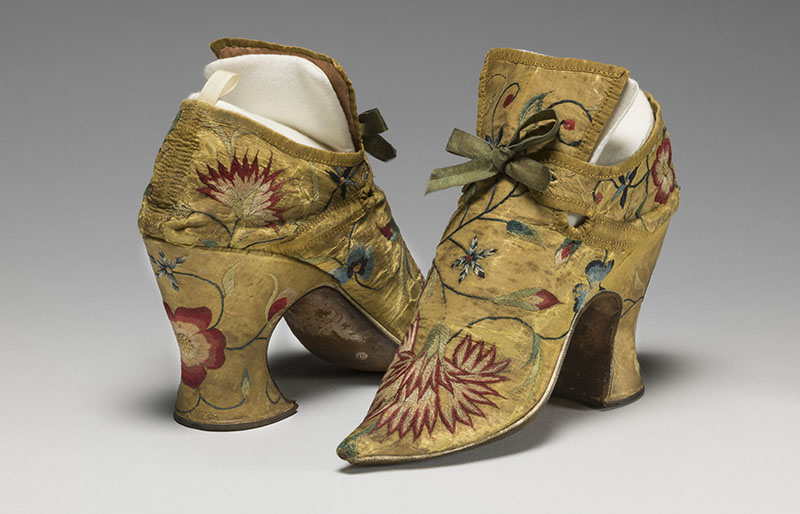The Fitzwilliam Museum’s latest exhibition takes us back to an age before mass production when our belongings were made by hand and passed down through the generations. Opening on 24 March 2015, Treasured Possessions from the Renaissance to the Enlightenment features some 300 stunning objects, each revealing the tastes and hopes of its owners and the skills of the hands that made them. Following different collections of items, we see how Europeans shopped and brought novelties into their lives and their homes.
The geography of shopping
The journey starts with bespoke Renaissance luxuries made in glass, bronze and maiolica. Soon the impact of global trade changed European habits and expectations: shoppers were seduced by the glamour of the exotic; they lusted after eastern objects, Arab designs, and became infatuated with all things Chinese and Japanese. In a single generation the idea of luxury was flipped on its head, from being the preserve of the elite to a universal desire. So ‘populuxe’ – popular luxury – was born.
By the Enlightenment, the many objects that were displayed in the home and worn on the body had transformed the look and feel of the world and allowed for the creation of masterpieces in silk and silver, pearwood and porcelain. The show invites visitors back to the bazaars and workshops of the past, with prints of city markets, illustrated trade-cards and figurines of vendors set beside the wares themselves. From gorgeous silks, silverware, jewels and porcelains, via shoes, armour and embroideries, to snuffboxes, tea-pots, fans and pocket-watches, Treasured Possessions sets strange and extraordinary items alongside objects that we still use every day.
The exhibition has been co-curated by Dr Victoria Avery of the Fitzwilliam Museum and Dr Melissa Calaresu, Dr Mary Laven and Professor Ulinka Rublack from the History Faculty of the University of Cambridge.
Dr Laven commented: “Today, we spend half our lives shopping and many of our acquisitions end up on the scrap-heap or boxed away in a garage or attic. Before industrial mass production, purchasing took much more skill and effort, and was often the result of complex negotiations between maker and shopper. The most significant things in life were not bought and sold off the shelf, but were hand-crafted in homes and workshops, customized for their owners. Acquisition was an art.”
Hidden treasures
The show also allows us a glimpse of the many hidden wonders that remain off-view in the shadowy vaults of our national museums due to lack of space in the public galleries. On the eve of the Fitzwilliam Museum’s 200 year anniversary in 2016, over 80% of the objects in the exhibition are taken from its reserves. For the first time, visitors will be able to see some of the Fitzwilliam’s least-known treasures, from a silver pocket-watch shaped like a skull to the most fabulous pair of bright yellow embroidered high heels. Some of these incredible items have never been seen publicly at all.
Every object on display is a window to a past world, showing changes in history through intimate personal belongings. Treasured Possessions will be complemented by two companion exhibitions ‘Close-up and personal: eighteenth-century gold boxes from the Rosalinde and Arthur Gilbert Collection’ (a loan show from the V&A) and ‘A Young Man’s Progress’ by photographer Maisie Broadhead, a fictional modern narrative inspired by the costume-book of Matthäus Schwarz, a 16th-century German accountant, who recorded the clothes he wore throughout his life in what has become known as ‘The First Book of Fashion’.

